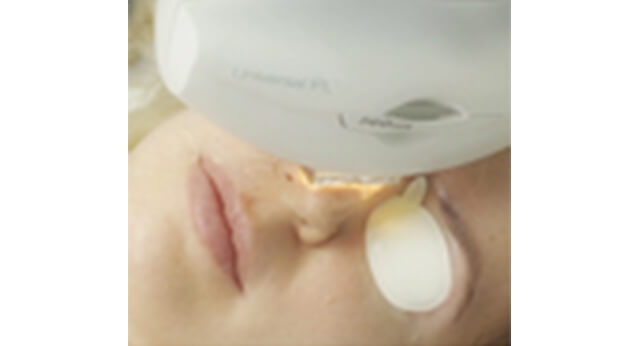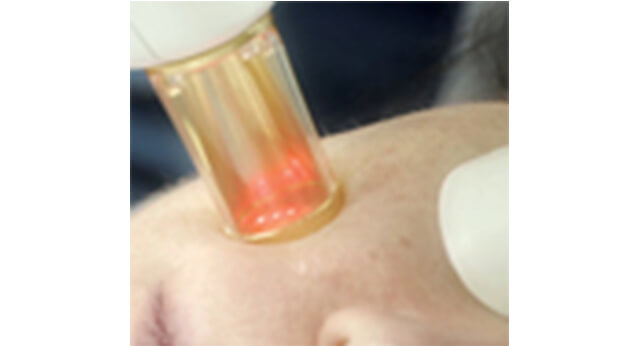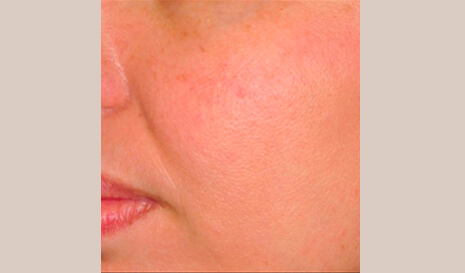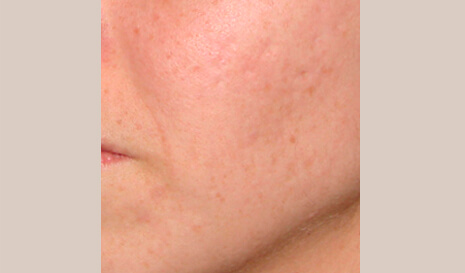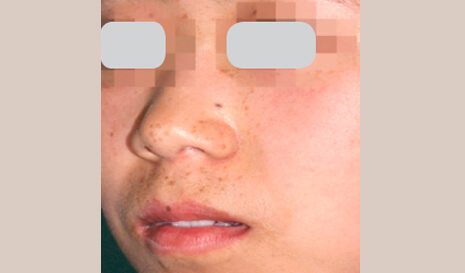The majority of freckles are completely medically harmless small, flat, brown spots on skin that often appear in clusters and develop randomly, especially on the face, arms and upper shoulders.
What Causes Freckles To Appear ?
Most freckles are uniform in color and are formed when the body produces extra pigment, known as melanin, and deposits it in one spot on the skin that is a shade darker than the skin surrounding it. Freckles on the face and elsewhere develop from a combination of genetic predisposition and sun exposure. Hereditary freckles, called ‘simple freckles’, are small, round and relatively light. They tend to fade in winter and become more pronounced following sun exposure. Other freckles, such as sunspots on the face are known as ‘sunburn freckles’ and are darker, larger brown spots on the face and have irregular and uneven borders. They do not fade and frequently appear on the shoulders and upper back following severe sunburn.
Who Suffers From Freckles ?
Freckles are particularly common in individuals with fair skin. Similarly, people with green eyes, as well as those with blond or red colored hair have a higher predisposition to have freckles. Children as young as one or two years of age may already have freckles. Besides skin type, heredity is also an important factor, and very often freckles are a genetic trait that runs in a family.
